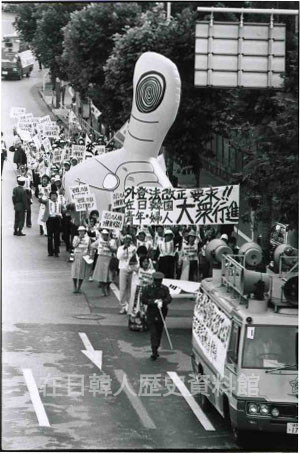Koreans go to Japan
1.Shōkei maru, one of the ferry boats that connected Shimonoseki and Busan from 1922
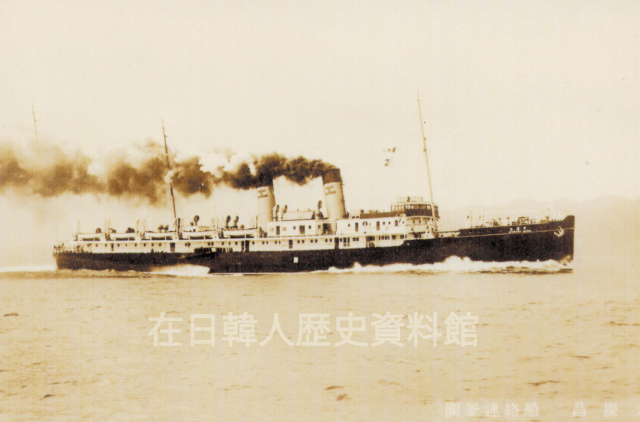
2.Koreans landing at Osaka Chikkō Port (Chōsen Sōtoku-fu, ed., Chōsen no jinkō genshō, 1927)
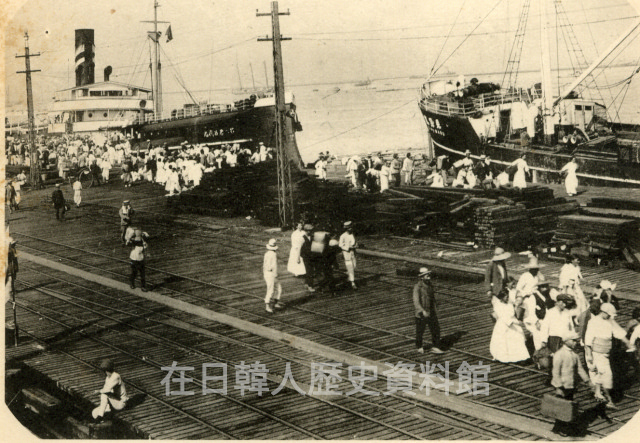
3.February 8th Declaration of Independence leaders
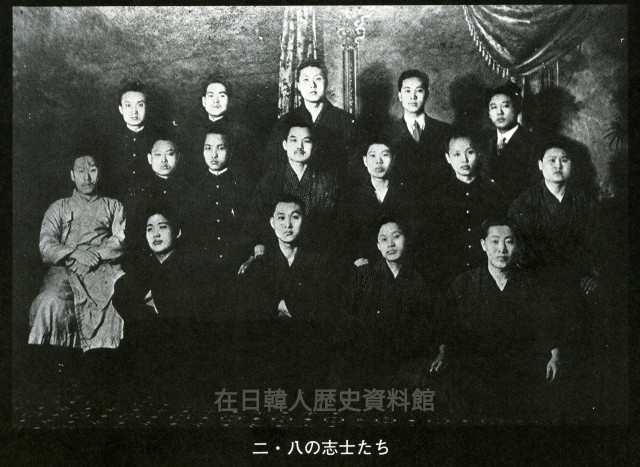
4.Koreans massacred by a vigilante group
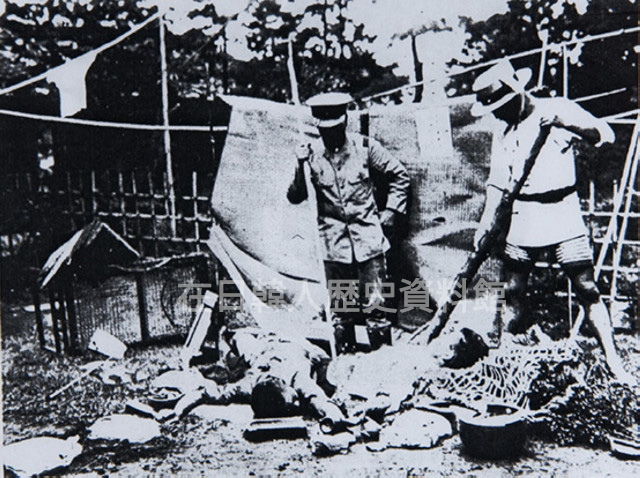
5.Construction work in Yahata, Fukuoka (Chōsen Sōtoku-fu, ed., Chōsen no jinkō genshō, 1927)
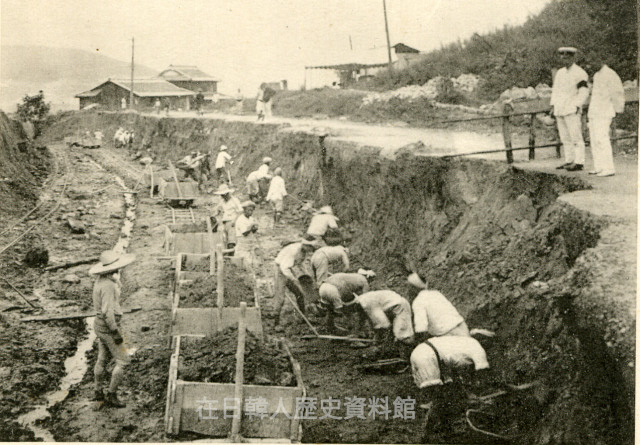
6.A photo of forced laborers and coal mine managers in the Matsuura Coal Mine in Nagasaki.
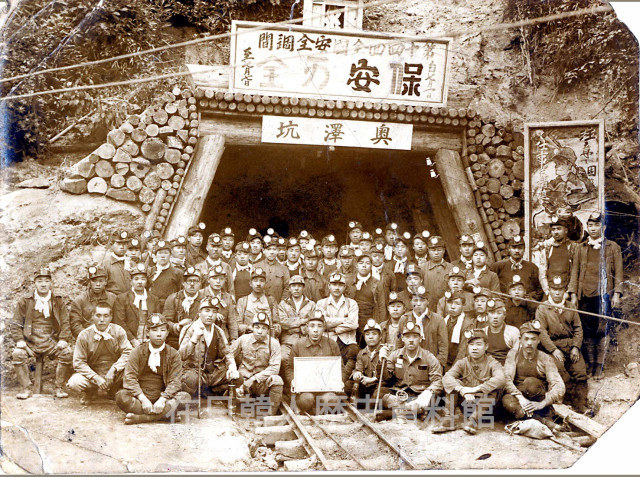
The Great Joy of Liberation and Return
7.Fukuoka Prefecture Hakata Port: Embracing liberation, people wait to return home. Around 500,000 people returned to the Korean peninsula in the first year from this port. (Photo from Hideaki Kimura, ed., Photographs of Postwar Fukuoka Taken by the Occupation Forces)
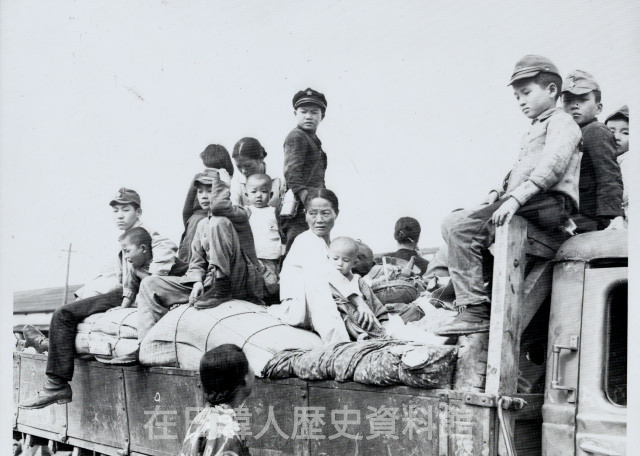
8.Yamaguchi Prefecture Senzaki Port: People returning from Senzaki. Over 300,000 people returned home in the first year from this port. These photos were taken by occupation forces from New Zealand. (Alexander Turnbull Library, National Library of New Zealand)
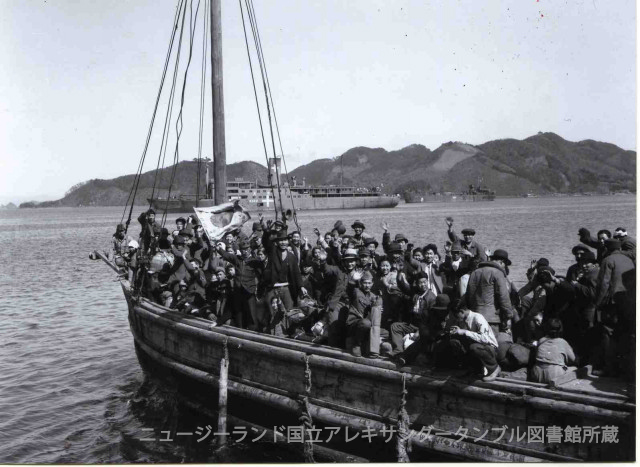
9.In 1946, Member of Chōren (The League of Koreans in Japan) in Osaka celebrating the first anniversary of liberation
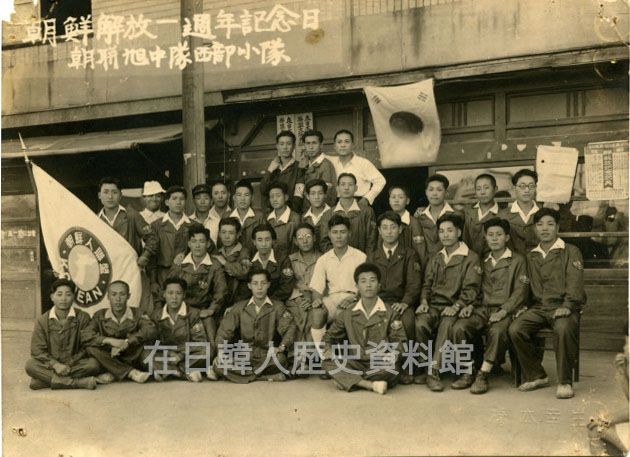
10.In August 1946, a parade of Zainichi Koreans in Hyogo Prefecture celebrating the first anniversary of liberation
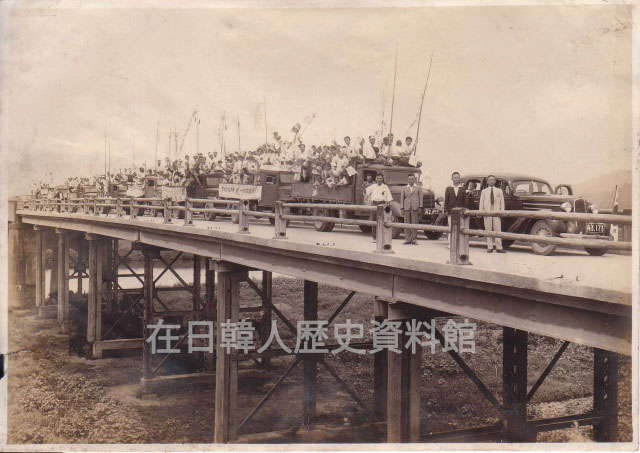
11.Kensei (Zainichi Chōsen Kenkoku Sokushin Seinen Dōmei) members enjoying a social gethering (Tokyo, 1946)
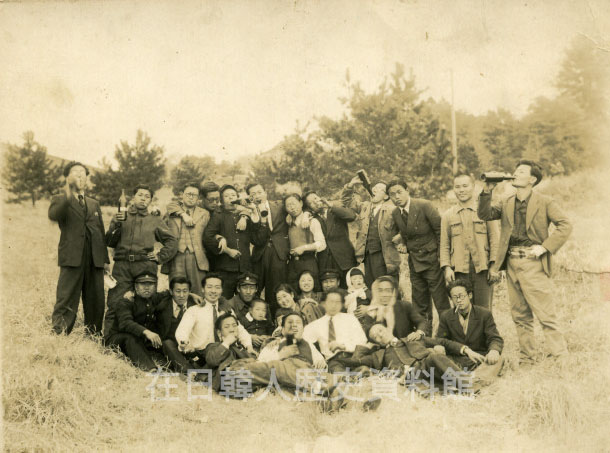
12.Zainichi Koreans enjoying a social gethering (1948, Aichi Prefecture)
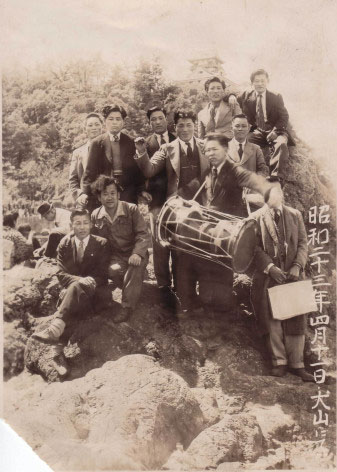
13.Korean women in the village of Tenryū, Ina-gun, Nagano prefecture (around 1948)
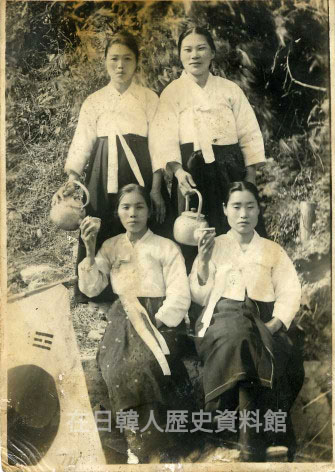
Giving the Korean Language Back to the Children
14.Chōren Academy of Mobara City, Chiba Prefecture (1946)
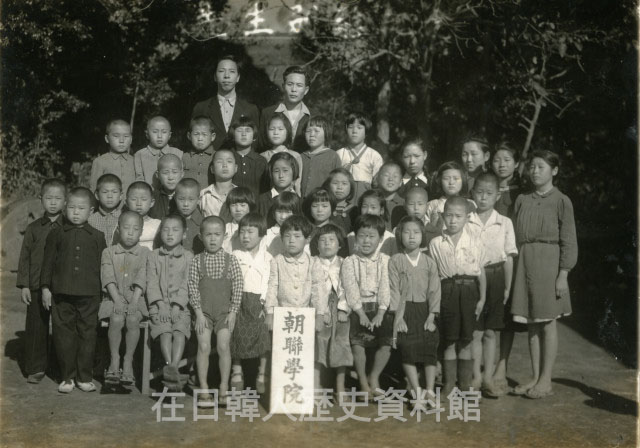
15.Moriyama Chōsen Academy in Aichi Prefecture being closed down by the police(Chūbu Nihon Shinbun, December 21, 1950). More than a year after the promulgation of the Second Order to Close Korean Ethnic Schools on October 19, 1949, crackdowns on ethnic education continued throughout the country.
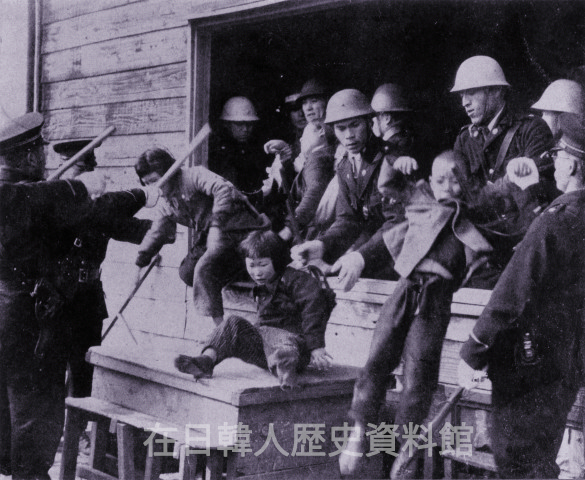
Unemployment, Poverty, and Life at the Bottom of Society
16.Koreatown in Koto-Ward, Tokyo (Photo by Katsuichi Michigishi, 1963)
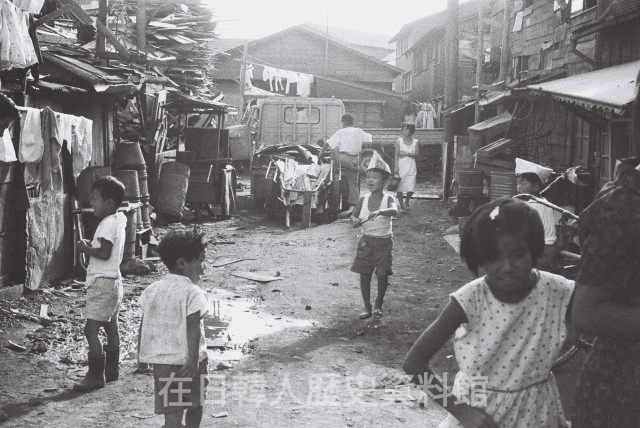
Repatriation to North Korea
17.Photos of family waiting for return taken by photographer Seiryū Inoue (1931-1988) at the Red Cross Repatriation Center in Niigata from September 1965 to February 1966 (Kikoku, Kitakikō: Sokoku [Kita Chōsen] e kaeru, 1994)
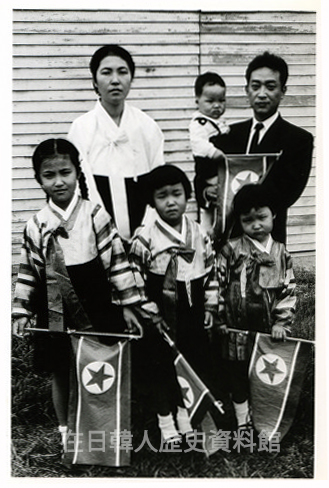
Calls for the End of Discrimination
18.Hee-ro Kim, who took hostages and barricaded himself inside Sumatakyo Onsen in Shizuoka (Asahi Graph, April 25, 1969)
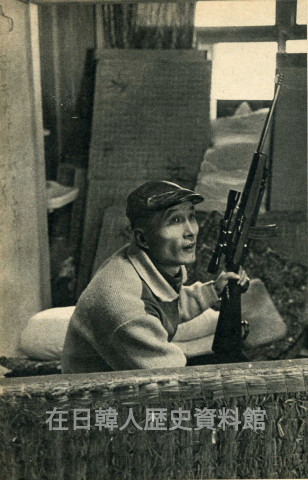
19.Kyong-duk Kim speaking at a study group organized by a citizens group (2004). Kim became the first Zainichi Korean to become a registered lawyer in Japan in 1979.
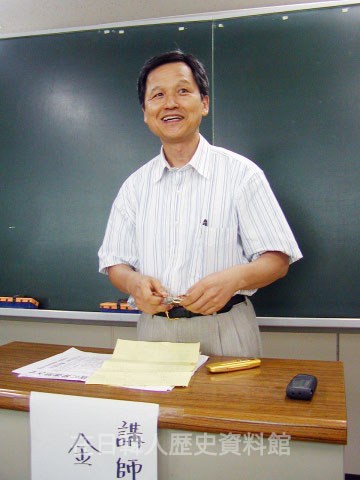
20.On September 10, 1980, Jong-seok Han (passed away on July 24, 2008) refused to be fingerprinted. This photo is from a protest meeting that was convened after he was convicted in his trial over the Alien Registration Act (August 1984).
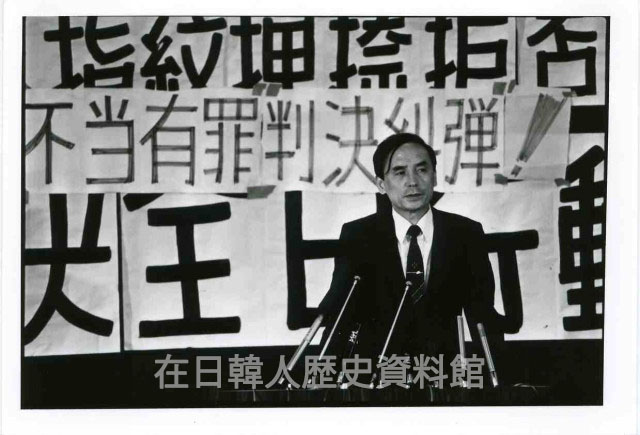
21.A protest march against the Alien Registration Act organized by Zainichi Korean youth and women’s groups (October 1984)
